Introduction
Have you ever wondered why a pinch of salt can make your favourite dishes taste so much better? Whether it’s a bowl of spicy curry, a plate of crispy pakoras, or a refreshing glass of buttermilk, salt plays a crucial role in enhancing the flavours we love. In this blog post, we’ll explore the science behind why salt enhances flavour, especially in Indian cuisine, and how it makes our food so delicious.

The Science of Salt and Flavour
Salt, or sodium chloride, has been used in cooking for thousands of years. But why does it make food taste better? Let’s explore the science behind it.
- Enhancing Natural Flavours
Salt has the remarkable ability to bring out the natural flavours of food. This is because salt interacts with our taste buds and helps to amplify certain tastes while suppressing others. For example, salt can make sweet foods taste sweeter and reduce the bitterness in certain vegetables, making them more palatable.
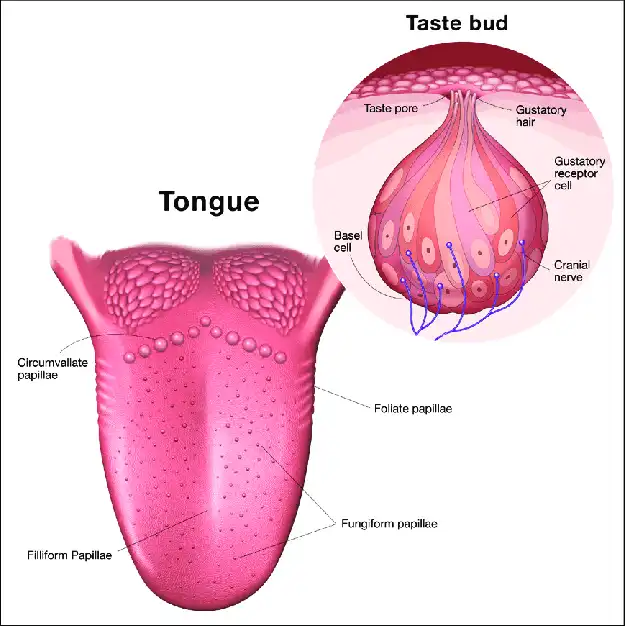
- Balancing Flavours
In Indian cuisine, known for its complex and rich flavours, salt plays a vital role in balancing tastes. A well-seasoned dish will have the right amount of salt to complement the spices, herbs, and other ingredients. Without enough salt, a dish can taste flat and lack depth.
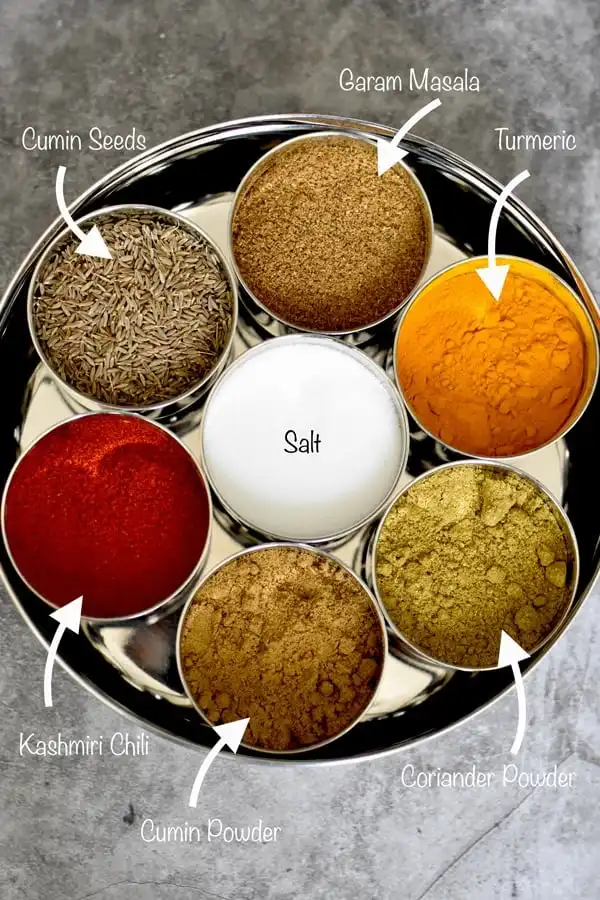
- Enhancing Aroma
Did you know that salt can also enhance the aroma of food? When added to a dish, salt can help release volatile aroma compounds, making the food smell more appealing. This is especially important in Indian cooking, where the aroma of spices is a key part of the culinary experience.

How Salt Works
To understand how salt enhances flavour, we need to look at how it interacts with our taste buds. Our tongues have different taste receptors that detect sweet, salty, sour, bitter, and umami (savoury) flavours. When salt is added to food, it affects these taste receptors in several ways:
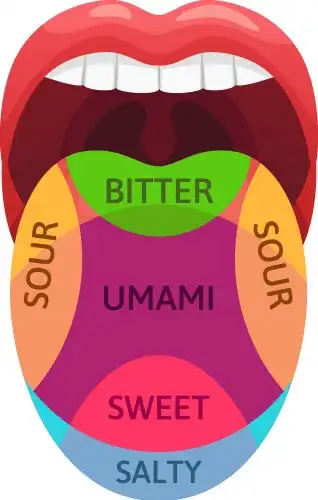
- Suppressing Bitterness
Salt can suppress the perception of bitterness. This is why adding a pinch of salt to bitter vegetables like karela (bitter gourd) or coffee can make them taste less bitter and more enjoyable.

- Enhancing Sweetness
Salt can enhance the perception of sweetness. This is why a small amount of salt in desserts or fruit salads can make them taste even sweeter. It’s also why salted caramel is so popular – the salt enhances the sweetness and creates a delicious contrast.
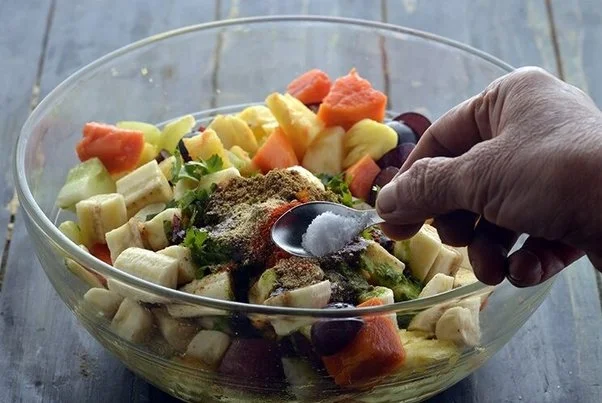
- Boosting Umami
Umami, also known as the fifth taste, is the savoury flavour found in foods like tomatoes, mushrooms, and soy sauce. Salt can enhance the umami flavour, making dishes taste richer and more satisfying.

Salt in Indian Cuisine
Indian cuisine is known for its vibrant flavours and diverse dishes. Salt plays a crucial role in this culinary tradition, and each region of India has its way of using salt to enhance flavour.
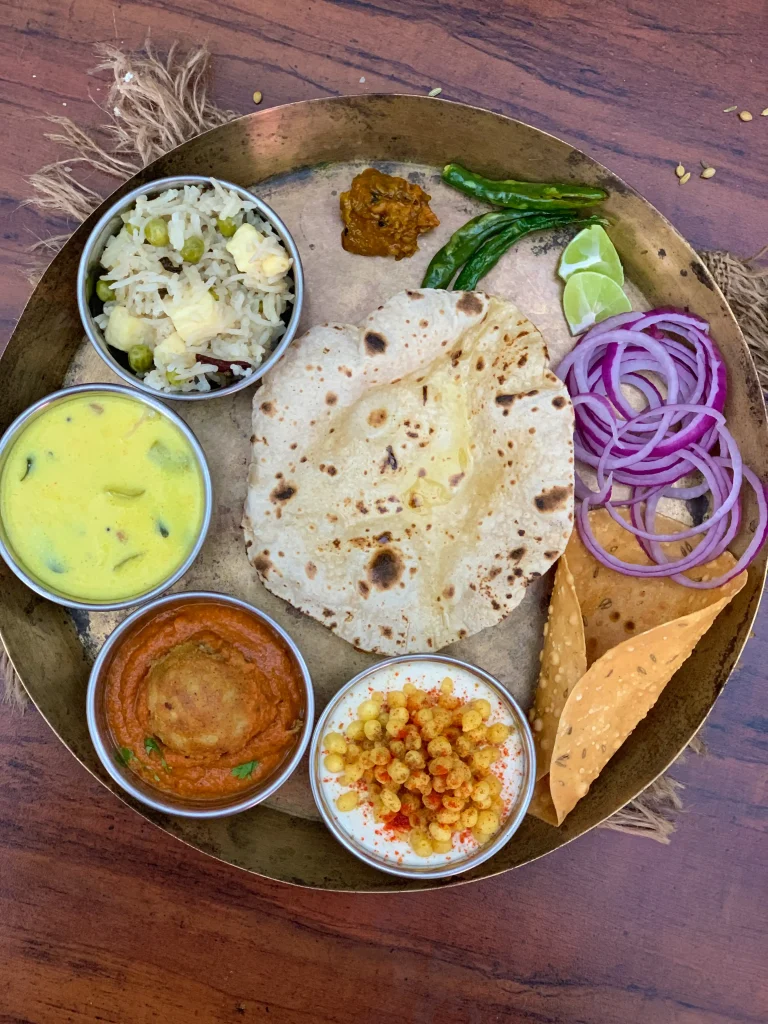
- North India
In North Indian cuisine, salt is used generously in dishes like curries, kebabs, and biryanis. Garam masala, a blend of spices commonly used in North Indian cooking, often contains salt to balance the flavours of the spices.
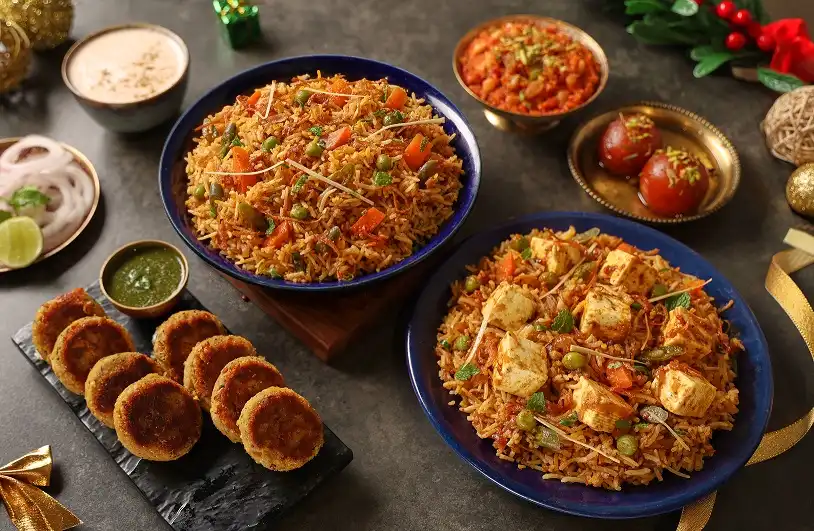
- South India
In South India, salt is essential in dishes like sambar, rasam, and dosa batter. The cuisine of this region often includes a variety of chutneys and pickles, which rely on salt for preservation and flavour enhancement.

- East India
In East India, salt is used in a wide range of dishes, from fish curries to vegetarian dishes. The famous Bengali dish, macher jhol (fish curry), relies on salt to bring out the flavours of the spices and fish.
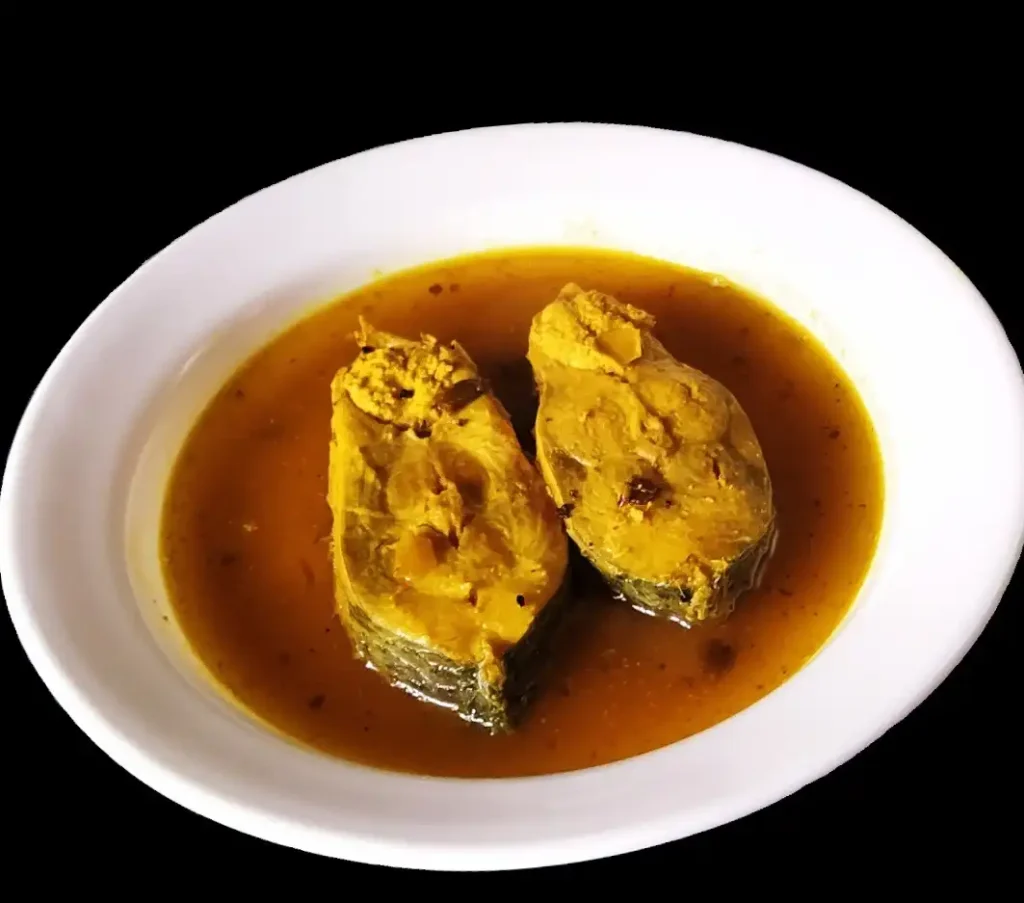
- West India
In West India, salt is a key ingredient in dishes like dhokla, thepla, and various curries. The coastal regions of Gujarat and Maharashtra use salt to enhance the flavours of seafood and other ingredients.

The Cultural Significance of Salt
Salt is not just important for its flavour-enhancing properties; it also has cultural significance in India. In many Indian traditions, salt is considered a symbol of purity and is used in religious ceremonies and rituals. Salt is also associated with hospitality, and offering salt to guests is a sign of respect and goodwill.

Health Considerations
While salt is essential for enhancing flavour, it’s important to use it in moderation. Consuming too much salt can lead to health issues such as high blood pressure and heart disease. The World Health Organisation recommends limiting salt intake to less than 5 grams per day (about one teaspoon) for adults.

In Indian cuisine, reducing salt without compromising on flavour is possible. Here are some tips:
- Use Spices and Herbs: Spices and herbs can add a lot of flavour to dishes, reducing the need for salt. Experiment with using more cumin, coriander, turmeric, and other spices.
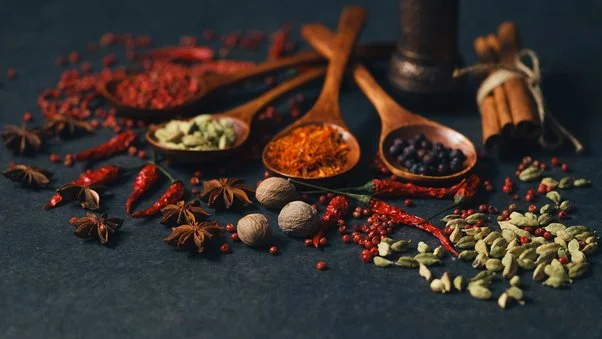
- Fresh Ingredients: Fresh ingredients often have a more natural flavour, which means you can use less salt. Opt for fresh vegetables, fruits, and meats whenever possible.

- Alternative Seasonings: Try using alternative seasonings like lemon juice, vinegar, or tamarind to add a tangy flavour without adding salt.

Conclusion
Salt is truly a magical ingredient that enhances the flavours of our favourite dishes. In Indian cuisine, it plays a vital role in bringing out the rich and diverse tastes that make the food so special. By understanding the science behind salt and using it wisely, we can create delicious and balanced meals that delight our taste buds.
So, the next time you enjoy a plate of your favourite curry or a crispy pakora, remember the magical power of salt and how it transforms your food into a flavourful delight!
For more interesting articles, please visit www.kidzherald.com





